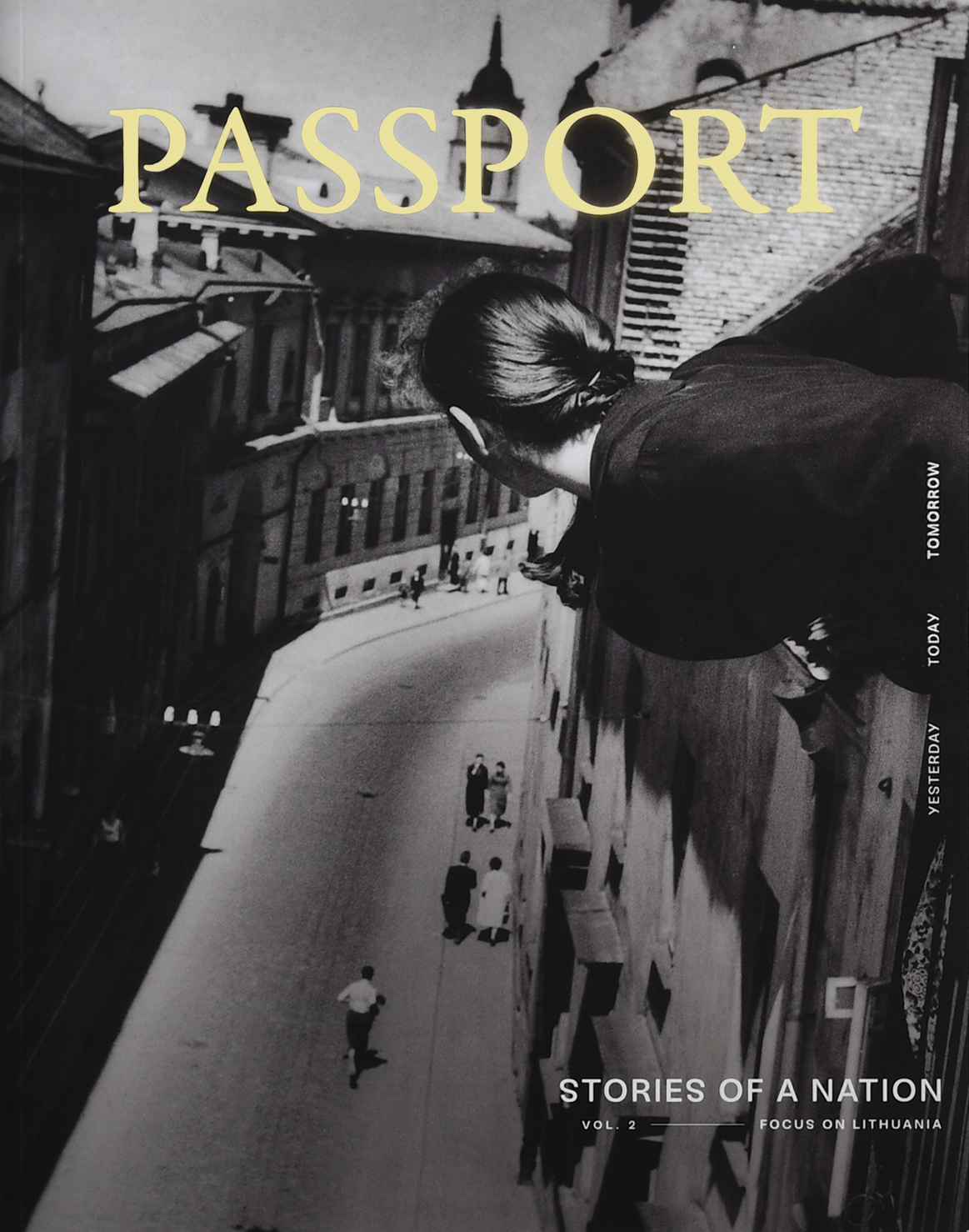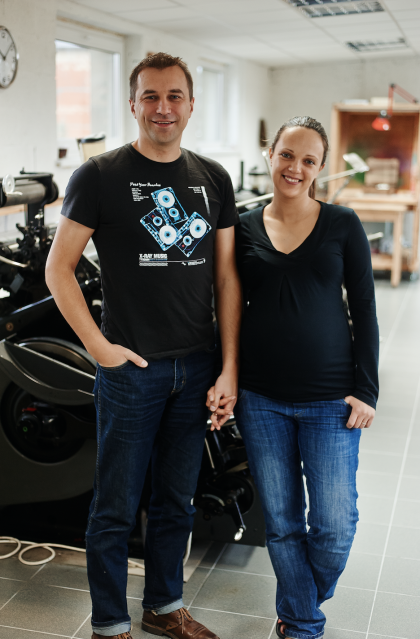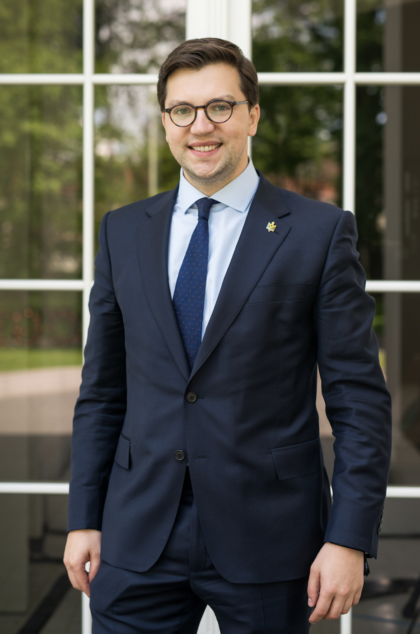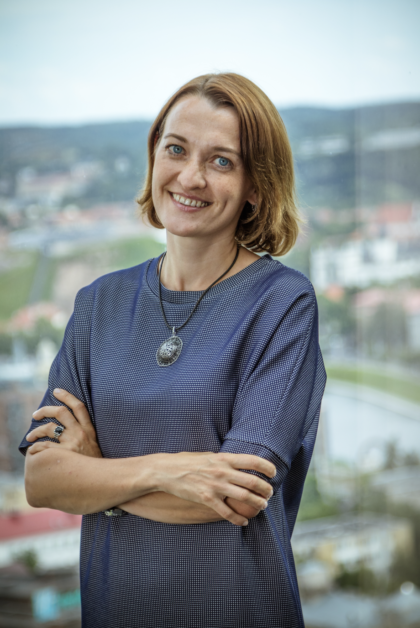Chairman of the Board, Lewben Art Foundation
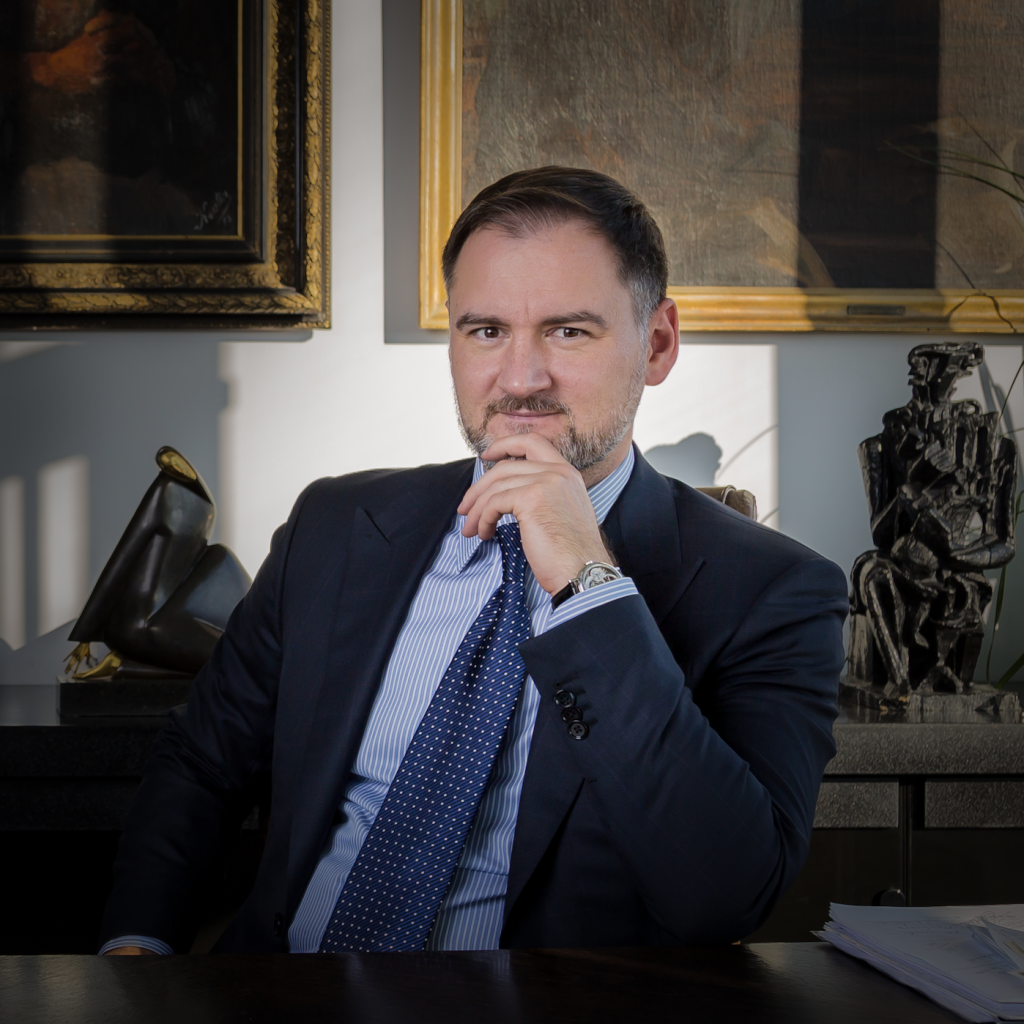
Emigrant art from the beginning and middle of the 20th century is essentially in demand only in Lithuania.
Vilius Kavaliauskas
ART WITHOUT BORDERS
These days, there’s a lot of talk about people returning to Lithuania. You’ve chosen a similar but also quite different theme – the return of emigrant artworks. How did you come to take an interest in the creative work of emigrant artists?
Back then, it was the ideal time for it. First of all, offers arose from the children of emigrants looking to pass on their inheritances. In this way, a perfect niche was formed for the creation of a private collection of emigrant art in Lithuania, as emigrant art was barely collected or studied here. We had just one single book on the theme of emigrant art, and at that time the Lithuanian Art Museum’s subdivision devoted to emigrant art – the Vytautas Kasiulis Museum – was not yet fitted out.
The foundation originally began as a private collection. It was a personal passion that grew in strength causing the collection to grow apace. So there arose a desire to show the works to the public, and for that the collection needed to be institutionalised. Knowing there had never been a Lithuanian institution devoted to collecting and studying emigrant art, we set up the foundation. Today it has greater breadth – we are continuously searching for powerful artworks by Lithuanian artists. We do our research, go to exhibitions, follow the press. In this way, we are always finding new names and widening our collection of contemporary art.
As we began to search for and bring back emigrant works, mostly from the US, to study them, to work with art historians, it became more and more interesting. That’s how the main goals of the foundation became not just the transport of art to Lithuania but the assiduous research of the works and the publication of art catalogues and monographs. We now have four significant publications with the Lewben Art Foundation devoted to emigrants. These are monographs on Kęstutis Zapkus and Jonas Rimša, an album devoted to Litvaks called Litvak Art in Private Lithuanian Collections, and the newest publication – Rerouted: 1. Lithuanian and Litvak Paintings in the Emigrant Art Foundation Collection, and Rerouted: 2. Contemporary Lithuanian and Litvak Graphic Art, Sculpture and Photography in the Emigrant Art Foundation Collection.
Of specifically what interest are the works of Lithuanian emigrant artists to the world? How are they unique?
That depends on the time period. Emigrant art from the beginning and middle of the 20th century is essentially in demand only in Lithuania. The majority of these works are valuable not only for their artistic expression but also their historical meaning. Things are different today for working artists living outside Lithuania. It would be difficult to call them emigrants because we now essentially live in a globalised world, which is why they can be, and many of them are, of interest to the world for exactly the same reasons that artists from other countries are of interest. We have famous Lithuanian artists who have solidified their places in the international contemporary art scene, such as Žilvinas Kempinas in the US or Deimantas Narkevičius working in Lithuania, whose work we also have in the Lithuanian Emigrant Art Foundation and the Lewben Art Foundation collections. An artist’s distinction depends not only on the work itself but also on surrounding factors, such as which gallery represents him, what art fairs show his work, where his exhibitions are held, whether his works are in national or private collections, and who writes and speaks about him.
What are the achievements of the Lewben Art Foundation, and what challenges does it face?
Every exhibition is a bit of a challenge and an achievement at the same time as we don’t have our own exhibition space. Since 2013, we’ve been working with the Lithuanian Art Museum, the National M. K. Čiurlionis Art Museum, the ArtVilnius contemporary art fair and other project organisers, resulting in around 20 exhibitions. Over these years we have become better, and our collection has become better as we enrich it with modern Lithuanian, contemporary foreign and contemporary Lithuanian artworks.

